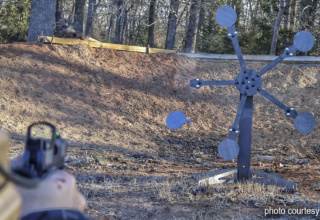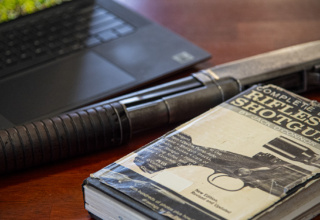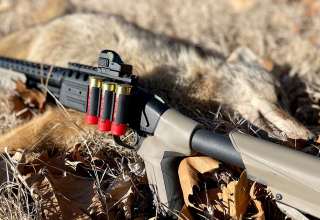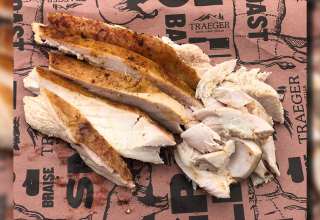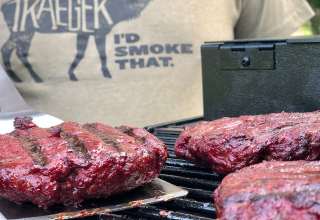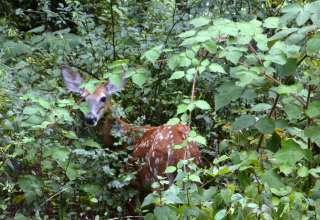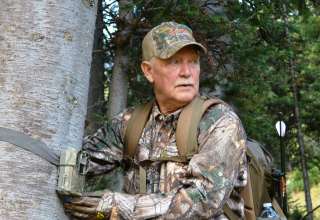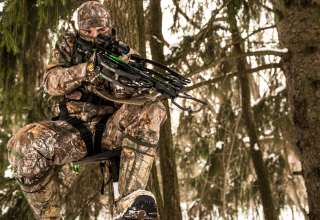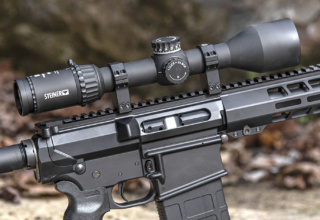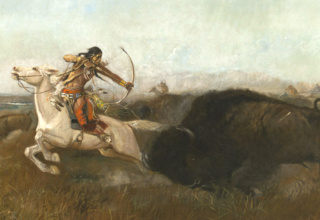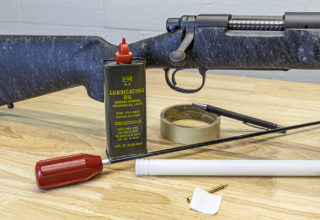When trying to find the correct path through a maze, you may take the wrong turn and even end up at a dead end. In a situation such as this, the only thing left to do is to start over and try again. The same can be said for a turkey hunter, there are mornings when a gobbler may have went a different way than anticipated. I have had seasons myself in which I have hunted the same gobbler for 3 to 4 days in a row, each new day having to recap and try to figure out what I did wrong, so that I could make a new game plan and start over the next day. Most turkey hunters have been in a similar situation when it seems that nothing is going right. Thankfully, most hunters have the same few mishaps, making it easy to learn from those mistakes and in turn makes for a better hunter. Here are 5 of the most common mistakes made while turkey hunting and some advice on what to do to make sure they don’t happen again.
Not Enough Scouting
 One of the most common flubs that keeps a turkey hunter from making the harvest is not knowing the land in which they are hunting. One of the worst feelings I have had when hunting was to have a tom gobbling his way in, when suddenly he slowly stops gobbling, making the appearance that he has lost interest and ventured on to greener pastures. Later I would realize that there was a fence, body of water, or some other type of landmark interfering with his path to my call.
One of the most common flubs that keeps a turkey hunter from making the harvest is not knowing the land in which they are hunting. One of the worst feelings I have had when hunting was to have a tom gobbling his way in, when suddenly he slowly stops gobbling, making the appearance that he has lost interest and ventured on to greener pastures. Later I would realize that there was a fence, body of water, or some other type of landmark interfering with his path to my call.
Scouting the area prior to hunting can avoid these mishaps. Find areas that give a gobbler the easiest route to get from point A to point B. When it comes time to hunt, the hunter will know where to set up to call a tom in, as well as where not to set up.
The other mistake that can be found from not scouting is not having the knowledge as to how many birds are on a property. Getting to an area well before daylight only to spend the next hour or so listening for a faint gobble, then finally coming to the conclusion that “they’re just not gobbling”, can be eliminated if a hunter knows how many birds are present, where they’re going when they fly off of the roost, their spots mid-morning, midday, when the hens have went to nest, and where they roost in the evenings. If hunters will spend the month prior to season running multiple game cameras, they will know exactly where turkeys are going and what time they are usually there. For over a year and a half I have used the Stealth Cam DS4K on the same property, capturing pictures and videos of strutting and feeding areas. With simple placement and minimal effort, I was able to take an inventory of where the majority of the gobblers were staying. By the time season arrived, I knew exactly where the birds were going to be, which kept me from playing a guessing game the next day.
Not Getting Close Enough
If there is one tip that I could give someone that would help harvest more turkeys, it would be to get close before calling. It’s no secret that turkeys have some of the best eyesight known to man. However, knowing this sometimes prevents hunters from getting close enough to a gobbler before setting up. The biggest thing to remember when setting up on a gobbling tom is to not give him enough time to have distractions before getting into shooting range. Being too far away allows for hens to sneak in, or for a jake to that shifts his attention off the call. Many hunters have described this scenario as getting into the bubble. This refers to an imaginary bubble that consists of a hundred-yard circle or smaller. If a hunter can get within that bubble before making a sound, the chances of calling the tom into gun range increases dramatically. I like to take a pair of Walkers Razor XV’s when I first get to where I will be hunting. This is usually wherever I park my vehicle, from here I will listen for gobbling, but I will also use the increased hearing to hear the soft yelps of hens in the area. This helps me to determine what I am competing against, as well as how many sets of eyes I need to be aware of when sneaking into the ‘bubble’ to set up.
Too Much Calling
We all love to hear the thundering sound of gobbling. This one of a kind sound will also cause hunters to make one of the biggest mistakes that they can make, which is calling too much. The key to calling is to create urgency. If every time a tom gobbles a hunter makes a few calls, this gives him the signal that the hen is more interested in going to him, then he is coming to her. Calling too much also allows for the dominant hen to pinpoint the hunter’s location, making her sneak in between the caller and the tom, stealing him away. Make the tom look for the hen by making him show off for attention. It’s just like humans, when finding a boyfriend or girlfriend, the guy wants a girl more when she plays hard to get.
One of my favorite calling techniques is that in which after the gobbler commits to coming in, let him gobble on his own 2 to 3 times before making only a few soft calls, just to let him know the hen is still in the area. The only time I get more aggressive is when I hear the dominant hen calling. When this happens, I imitate note-for-note the sounds she makes. This will make her mad, thus making her try to find the hen that is challenging her. Guess who is going to come following the fight…. Tom!
Improper Decoy Set Up
 As with calling, a decoy setup needs to create urgency. The reason decoys work is because they grab the attention of other turkeys, making them focus on the decoys instead of where the sounds of calling are coming from. Sometimes hunters make the mistake of only using a hen decoy, if a gobbler is coming in and hens are already with him, he will not leave them to go to one lonely hen. This is why using a jake decoy is key, it gives the signal that the jake is going to breed with the hen before the gobbler does. This setup triggers the dominance of a mature tom making him want to get to her first.
As with calling, a decoy setup needs to create urgency. The reason decoys work is because they grab the attention of other turkeys, making them focus on the decoys instead of where the sounds of calling are coming from. Sometimes hunters make the mistake of only using a hen decoy, if a gobbler is coming in and hens are already with him, he will not leave them to go to one lonely hen. This is why using a jake decoy is key, it gives the signal that the jake is going to breed with the hen before the gobbler does. This setup triggers the dominance of a mature tom making him want to get to her first.
My ideal decoy set up is an upright hen decoy, a jake decoy, and a feeding hen. This gives the vibe that 3 is a crowd, and a turkey is more likely to go to the group instead of one lone hen. Paint a picture to a gobbler with decoys, make him want to get there fast.
Leaving Too Early
I once heard the well-known, veteran turkey hunter Eddie Salter say, “just when you think there is nothing else to do, making you want to call it quits, give it 30 more minutes.” Salter says that there has been a lot of turkeys taken during the 30 minutes that normally the hunter would have been long gone. A common mistake made is leaving the area when a gobbler is still making his way in slowly and quietly. If a tom has an array of hens with him, he doesn’t need to gobble at another hen, but just because he is not gobbling doesn’t mean that he’s not coming in.
Three prime examples of when a tom may not gobble are in over-pressured hunting areas, areas where hens are plentiful and late in the season. Learn to be patient and give time for the turkeys to make their way in. Using a ground blind can help make waiting it out more comfortable, as well as having a place to sit comfortably why still being concealed, this can be the key when dealing with slow moving toms.
If hunters take the approach of turkey hunting as a chess game of sorts, in which every move counts, thus eliminating as many mistakes as possible and thinking a few steps ahead, they will be able to conquer this witty, sharp sighted bird.

